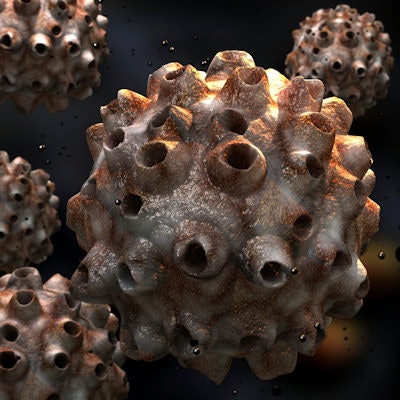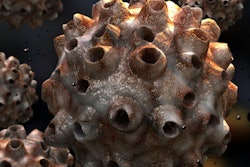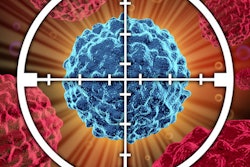
Florida is lagging behind the U.S. as a whole for oral cancer prevention, according to the findings of a new Journal of the American Dental Association study. Floridians have a higher incidence of oropharyngeal cancer, and they're less likely to get vaccinated against HPV.
With about 21 million people, Florida is one of the largest and fastest-growing U.S. states. Researchers from New York University and the University of Florida parsed state and national data to see how oral cancer statistics in the state compared with the U.S. as a whole.
They found Florida had one of the highest age-adjusted incidence rates of cancer of the oral cavity and pharynx (OPC) -- but also that dentists may be key healthcare providers to boost HPV vaccination rates and help prevent future HPV-related oral cancers.
"Our study found an increasing incidence rate of OPC in Florida, which was higher than national incidence rates," wrote the authors, led by Nazish Khan, BDS, MPH, a dental public health resident at New York University (JADA, January 2020, Vol. 151:1, pp. 51-58). "Enhanced promotion of HPV vaccination by healthcare providers -- including dentists -- and changes in the state's vaccine policies may help reverse these trends."
The researchers estimated the incidence of oral cancer, including HPV-related oral cancer, using 2011-2015 data from the U.S. National Cancer Institute. They also parsed HPV vaccination rates with data from the 2015-2017 National Immunization Survey - Teen.
Overall, Florida had a higher age-adjusted rate of OPC than the U.S as whole. The majority of oral cancer cases were attributable to HPV, and oral cancer rates increased from 2001-2015.

People ages 60 to 69 were the most likely age group to develop OPC. Floridians in this age range were also significantly more likely than their peers in the U.S. as a whole to develop oral cancer.
In addition, youth in Florida were far less likely than their peers to have been vaccinated against HPV. Among 13-year-old children, about 9% of boys and 13% of girls in the state had received three doses of the HPV vaccination. In the U.S. as a whole, almost 11% of boys and 20% of girls had received all three vaccine doses.
"Vaccination rates among adolescents were significantly lower in Florida than for the nation across all three case definitions of coverage," the authors wrote. "That pattern was consistent for boys and girls, and coverage among non-Hispanic black teenagers consistently was much lower in Florida than for the United States overall."
Parents and guardians often cited a lack of recommendation for not vaccinating their children against HPV. This is one reason why it's crucial for dentists and other oral healthcare professionals to educate patients about HPV vaccination and its role in preventing oral cancer and other HPV-related cancers.
"Dentists can make a difference by advocating and recommending HPV vaccination to the parents or guardians of all their preadolescent and adolescent patients," they wrote. "They can display related information in waiting rooms, add a vaccination questionnaire to their health history forms, and partner with primary healthcare providers to facilitate delivery of the vaccine."


















